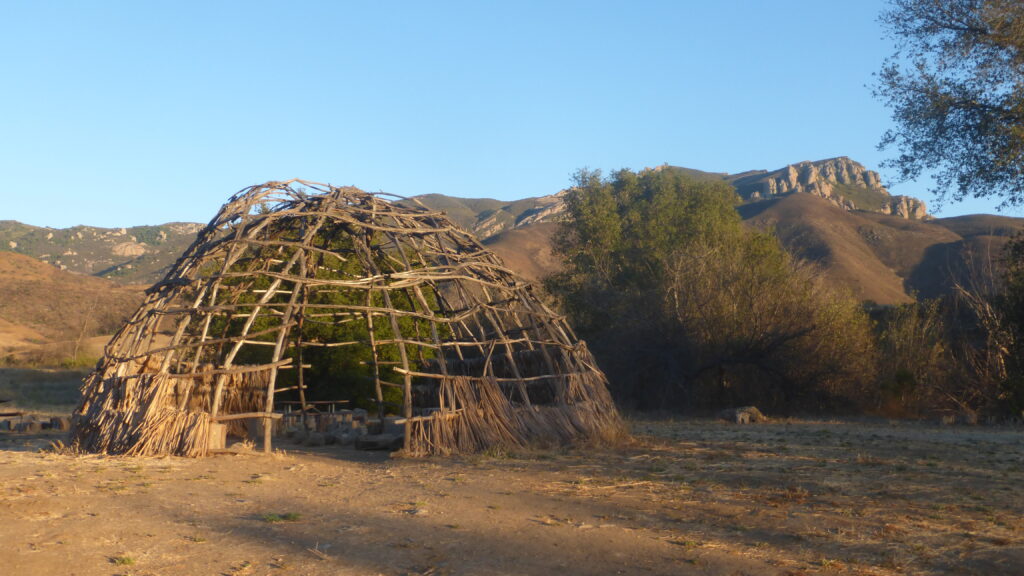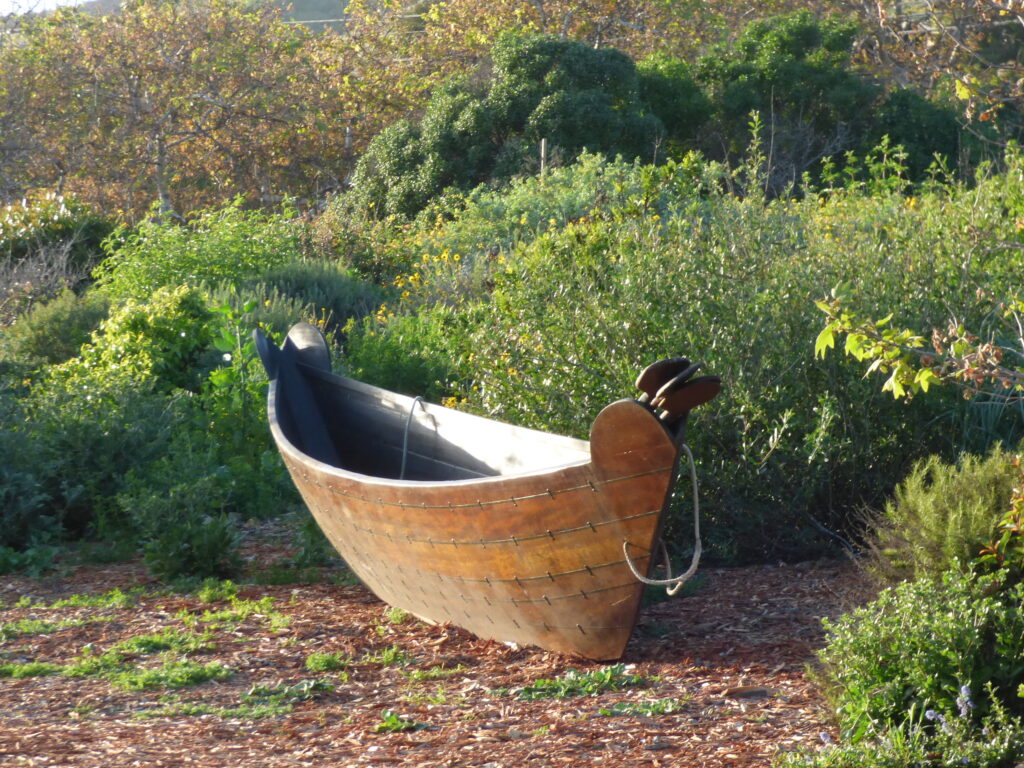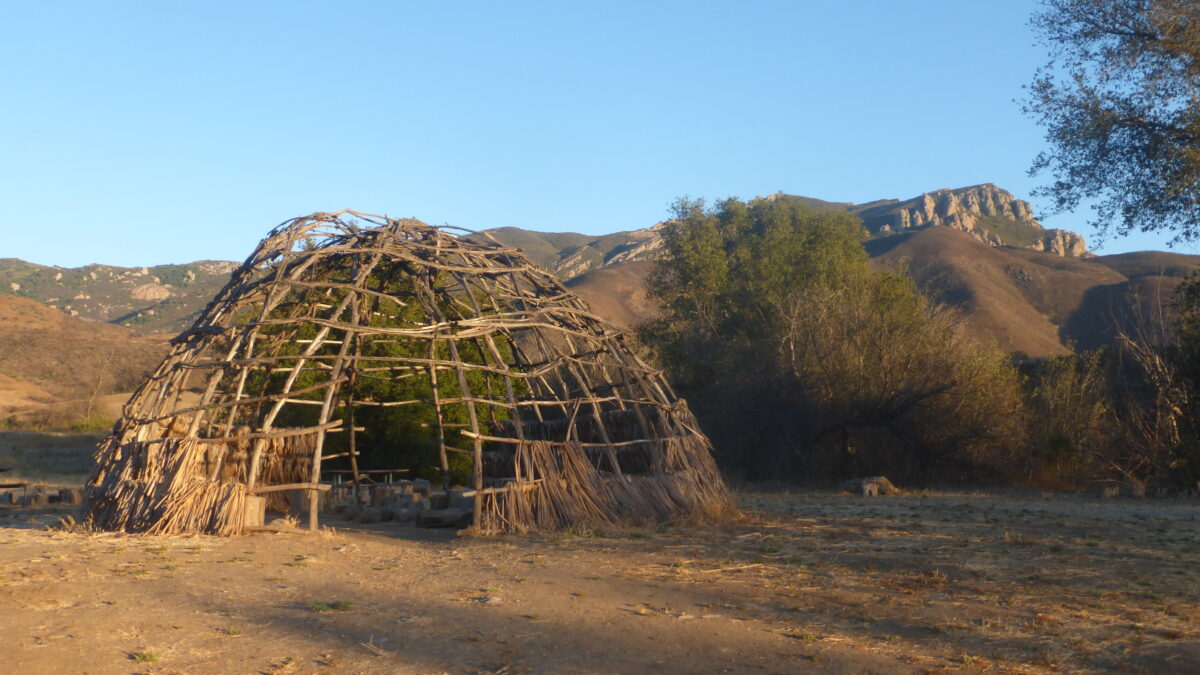
The first American Indian Day was celebrated in May 1916 in New York. The event culminated in an effort by Red Fox James, a member of the Blackfeet Nation who rode across the nation on horseback seeking approval from 24 state governments to have a day to honor American Indians. More than 70 years later, in 1990, President George H.W. Bush signed a joint congressional resolution designating the month of November “National American Indian Heritage Month.” In 2019, President Trump unveiled his National American History and Founders Month proclamation to coincide with/replace a National Native American Heritage Month declaration that every U.S. president has made since 1990.
In 2020 there are 574 Federally recognized tribes in the US, according to the Bureau of Indian Affairs. There are many more tribes still seeking Federal recognition. In California, two-thirds of the tribes were denied recognition, and instead, in 1851 Congress proclaimed a bounty on California Indians. None of California’s tribes that became the property of the 21 missions are federally recognized, from Mission San Diego de Alcala to Mission San Francisco Solano. Coastal land was too valuable to “give” to Indians.
It became illegal to hunt Indians in 1924, when Indians were declared citizens of the United States. It became legal to speak our languages and practice our cultures in 1979, with the passage of the Native American Freedom of Religion Act.
This year, the Mashpee Wampanoag Tribe, the very tribe that welcomed the Pilgrims in the 1600s, is at risk of losing what is left of their homelands due to a determination made by the Bureau of Indian Affairs. The Mashpee Wampanoag, the People of the First Light, have occupied the same region for over 12,000 years and have faced diminishment of their homelands since colonization. The latest decision is a blow to Tribal sovereignty and undermines the future and sustainability of the tribal nation.
So, who are the traditional people of Topanga? Topanga sits at the interface between two tribes, with two very different languages and cultures, even though the environment is the same. The west side of Topanga and north, is the ancestral homeland of the Chumash Indians. The east side, and south is the ancestral land of the Gabrielino-Tongva.
For Native Americans, November is the time of Aaguit – the Time of Nuts and Acorns for the Gabrielino – Tongva. A time to gather the fall harvest and bring families together to feast. In the old days they gathered acorns, black walnuts, dogbane, hunted deer, rabbits, quail, and fished for steelhead trout. They held ceremonies, gossiped, gambled, played games. Made baskets, fish nets, soapstone bowls and effigies. Traded the gifts from their region for the gifts brought by other village people. It is a beautiful time of year.
Life was not all work and no play. In fact, in most Native languages, there was no word for “work”. Kids played games, which were games of skill, honing their future skills as hunters and gathers, alert and aware of their surroundings. There were racing games, stick ball games “shinny”, and rabbit stick throwing games. For adults, there were stave dice, and guessing games. There were ceremonial and social dances. And there was time to relax and to dream.

How can we celebrate Native American Heritage Month?
November in LA is Native American Heritage Month. We usually have big events, including a pow-wow at Grant Park downtown, a pow-wow at CSUN, and the Intertribal marketplace at the Autry. Ask your kids to please refrain from dressing like Pilgrims and Indians to celebrate Thanksgiving, and to learn more about the Indigenous tribes of Los Angeles: the Gabrielino/Tongva, the Chumash, and the Fernandeño Tataviam people.
How can we celebrate virtually? Fortunately there is a lot online!
Films and videos:
Rumble—The Indians who rocked the world, Amazon Prime.
Gather—Native food sovereignty, Amazon prime.
Tending the Wild—Emmy-winning doc, shot in part in my yard, and the Tending Nature series, KCET.org.
Gathering of Nations—virtual pow-wow, and other pow-wow videos, Pow-wow.com.
California Bird Songs, by Wayne Nelson, plus other videos on YouTube: – https://youtu.be/oJ2raRkqBmg
Places
Most museums and culture centers remain closed due to the coronavirus crisis, but many offer online resources.
Wishtoyo Chumash Foundation – wishtoyo.org
Satwiwa Native American Cultural Center— https://www.nps.gov/samo/planyourvisit/rsvsatwiwa.htm
Chumash Indian Museum – https://www.chumashmuseum.org
Antelope Valley Indian Museum – http://avim.parks.ca.gov
Autry National Museum—including the virtual Intertribal Marketplace, https://theautry.org
Los Angeles Natural History Museum—https://nhm.org
Los Angeles City/County Indian commission—https://lanaic.lacounty.gov
Events
Tovaangar Today—performance at the Ford Theater, https://www.theford.com
Neshkinukat exhibit, workshops, Greenly Art Space, https://www.greenlyartspace.org
Reading
Giving Thanks, Chief Jake Swamp, Lee & Low Books, 1995 (kids)
1621: A New Look at Thanksgiving, Catherine O’Neill Grace and Margaret M. Bruchac, National Geographic Press, 2004.
Thanksgiving: a Native Perspective, Doris Seale, Beverly Slapin, Carolyn Silverman, Oyate 1995
Squanto’s Journey, Joseph Bruchac, Voyager Books
Strawberry Thanksgiving, Paulla Jennings, Modern Curriculum Press, 1992
We Are Grateful, Traci Sorell, Charlesbridge, 2018
Original Instructions, edited by Melissa Nelson, Bear & Co, 2008.
From the Heart: Voices of the American Indian, edited by Lee Miller, Alfred A Knopf, 1995
Bad Indians, Deborah Miranda, Heyday Books, 2013
The Chumash Through a Child’s Eyes, John Wilcox, 1997
A Day with a Chumash, Georgia Lee, Runestone Press, 1999
Seaweed, Salmon, and Manzanita Cider, Margaret Dubin and Sara-Larus Tolley, Heyday Books, 2008
Keepers of the Earth, Michael Caduto and Joseph Bruchac, Fulcrum Publishing, 1997 (families)
Keepers of Life, Michael Caduto and Joseph Bruchac, Fulcrum Publishing, 1998 (families)
Native American Games & Stories, Bruchac & Bruchac, Fulcrum Resources, 2000 (families)
Grass Games and Moon Races: California Indian Games and Toys, Jeannine Gendar, Heyday Books, 1995 (families)
Weaving a California Tradition, Linda Yamane – Lerner Publications Company, 1996 (kids)
The Twined Basket, Nan McNutt and Bruce Miller, West Winds Press, 2011
Menill the Moon Maiden, Shannon Michelle Mirelez, Malki-Ballena Press, 2011
Dear Miss Karana, Eric Elliott, Heyday Books, 2016 (non-Indian, but uses Luiseno language) (kids)
Kiki’s Journey, Kristie Orona, Ramirez, 2006
Ararapikva, Julian Lang, Heyday Books, 1994
The Sound of Rattles and Clappers, edited by Greg Sarris, University of Arizona Press, 1994
Sacred Sites: The Secret History of Southern California, Susan Suntree, University of Nebraska press, 2010
O, My Ancestor, Claudia Jarmain and William McCawley, Heyday Books, 2009
Before the Wilderness, Thomas Blackburn and Kat Anderson (includes a chapter by Topanga’s own Dr. Chester King), Malki-Ballena Press, 1993.
Tending the Wild, M. Kat Anderson, University of California Press, 2005
Here are some suggestions from the U.S. Department of Education:
History
Learn About Native American History: Native American Heritage Month can be an opportunity to learn the history of the American Indian. Consider using this month to familiarize children with how Native Americans have influenced America, and foster connections to a different culture. Help your kids enhance their appreciation for history by talking about the different Indian tribes, their geographical locations, and languages.
Visit a museum: Whether you and your kids check out a museum in person or virtually, the artifacts and exhibits of Native American tribes are at your fingertips. Consider helping your kids learn about the stories embedded in Native American art, through artifacts like jewelry, greetings, and cultural beliefs. You could talk about which tribe’s artifacts are your favorite, and take note of the different colors, textures, and traits for each one.
Help children develop a deeper appreciation for Native American culture, with information and activities from the Smithsonian Institute, National Park Service, Library of Congress, and more.
Social Studies
Travel virtually to other cultures: With your kids you can watch videos on native cultural festivals. For example, watching the Living Earth Festival or the Living Aloha Hawaii Festival provides an opportunity to see Native traditions in action. See if your kids are interested in learning about indigenous cultures throughout North and South America, and if they would like to play some traditional games.
Reading
Share some stories: Reading exciting stories and poems about Navajo legends, Cherokee tales, and Inuit journeys, for example, could help foster cultural connections for your kids. Storytelling was a prominent part of Native culture; ask you kids if they’d like to tell a story to the family about what happened in school or on the playground recently.
Get Moving
Interact with nature: Tell your kids that connecting with nature was an important aspect of Native American culture. Take the family outside for a walk to become more aware of the surrounding environmental features present in your locale. Or, if possible, visit a national park.
Arts Connection
Get inspired by the arts: Hands-on activities, like making a dreamcatcher, may help spark curiosity about the Native American way of life. See if your kids would like to learn more about Native American music, and the prominent role it has played in this culture. Help your kids find out more about native dances, like a Hoop Dance. Listen to some Native songs and talk about the meaning of them thereafter.





